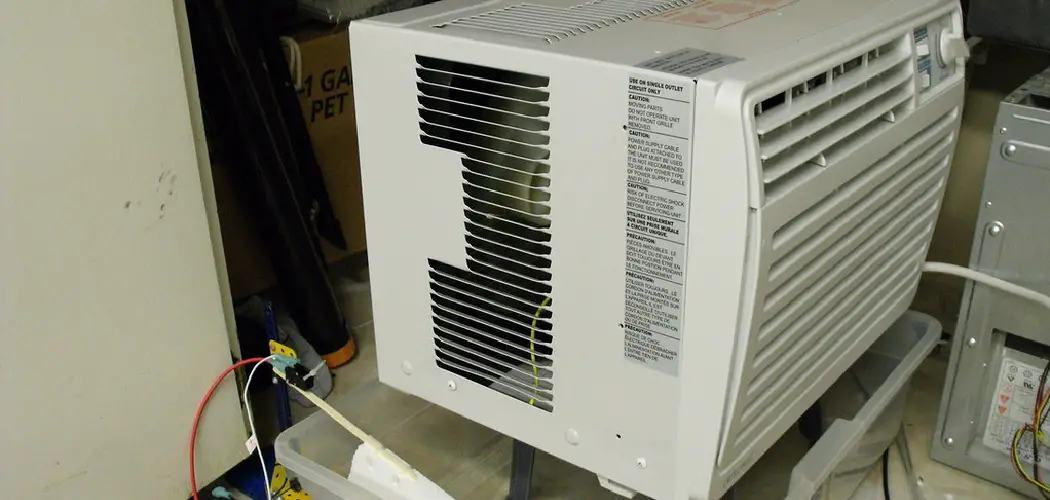Adding a dehumidifier to your HVAC system can significantly improve indoor air quality and comfort levels in your home. Excess humidity can lead to a range of issues, including mold growth, musty odors, and increased allergens, all of which can negatively impact health and well-being. By incorporating a dehumidifier, you can help maintain optimal humidity levels, ensuring a more pleasant living environment.
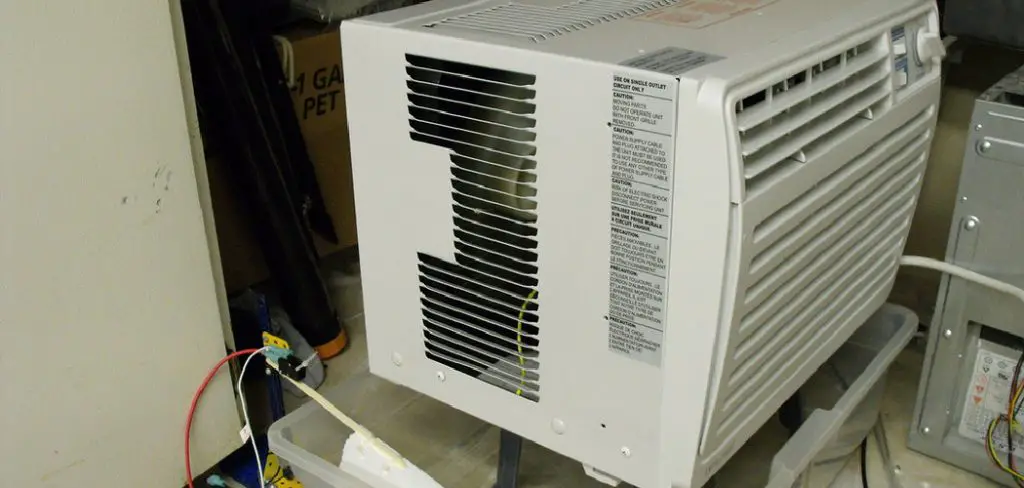
This guide on how to add a dehumidifier to hvac will walk you through the essential steps and considerations for effectively integrating a dehumidifier into your existing HVAC setup.
Necessity of Dehumidifiers
Dehumidifiers play a crucial role in maintaining a healthy and comfortable indoor environment, particularly in areas with high humidity levels. By effectively removing excess moisture from the air, they help prevent the proliferation of mold and mildew, which can pose significant health risks, particularly for individuals with respiratory issues or allergies.
Furthermore, keeping humidity levels in check can protect your home’s structure and furnishings from moisture damage, such as warped wood or rusted appliances. With the growing concerns over indoor air quality, installing a dehumidifier is not just beneficial but often essential for safeguarding both health and property.
Types of Dehumidifiers
Before delving into the installation process, it is essential to understand the different types of dehumidifiers available and their respective benefits. The two main categories are whole-house or central dehumidifiers and portable dehumidifiers.
Whole-House Dehumidifiers:
As the name suggests, whole-house dehumidifiers are integrated into the home’s existing HVAC system and work in conjunction with it. They are typically installed near the furnace or air conditioner, allowing them to regulate humidity levels for the entire house effectively.
Whole-house dehumidifiers use a separate duct system to remove moisture from the air, which is then drained outside or into a designated drainage area. They also have a built-in humidistat that allows you to control and adjust humidity levels according to your preference.
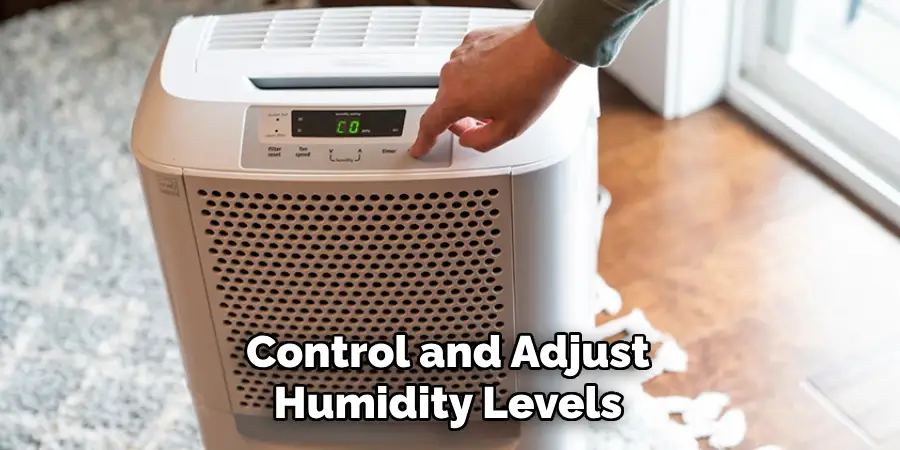
Portable Dehumidifiers:
Portable dehumidifiers, as the name suggests, can be moved around based on your needs and are not permanently installed. They often come equipped with wheels for easy mobility and can be used in specific areas or rooms that experience higher humidity levels.
These dehumidifiers are generally less expensive compared to whole-house options, but they may not be as effective for larger spaces. They also require regular maintenance, such as emptying the water tank and cleaning the filters.
Necessary Tools and Materials
To successfully add a dehumidifier to your HVAC system, you will need the following tools and materials:
- A Dehumidifier (Either Whole-house or Portable)
- Ductwork
- Dehumidistat
- Drainage Pipe or Designated Drainage Area
- Power Drill
- Screwdriver
- Measuring Tape
8 Steps on How to Add a Dehumidifier to Hvac
Step 1: Determine the Right Type of Dehumidifier for Your Home
The first step in adding a dehumidifier to your HVAC system is to determine the right type of dehumidifier that suits your home’s specific needs. Assess the areas where humidity levels are highest and consider the overall size of your home. If you experience persistent humidity issues throughout the entire house, a whole-house dehumidifier would be more effective, as it integrates seamlessly with your HVAC system to regulate humidity levels across all rooms.
Conversely, if only specific areas, such as basements or bathrooms, are prone to high humidity, a portable dehumidifier may be more suitable. Additionally, take into account factors such as energy efficiency, maintenance requirements, and your overall budget to make an informed decision.
Step 3: Choose the Ideal Location for Installation
The location of your dehumidifier will play a significant role in its effectiveness. As mentioned earlier, whole-house dehumidifiers are typically installed near the furnace or air conditioner to work in conjunction with the HVAC system. Portable dehumidifiers, on the other hand, should be placed in areas that experience the highest humidity levels, such as basements or bathrooms.
Ensure there is adequate space and proper ventilation for your dehumidifier to function optimally.
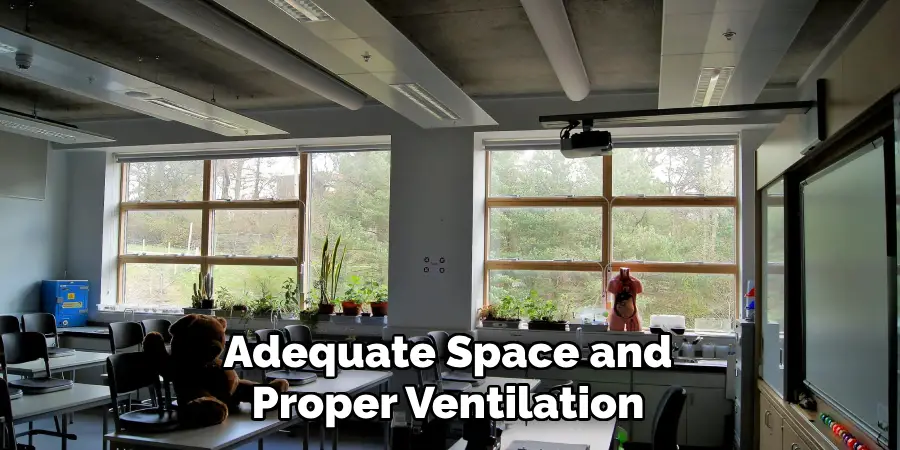
Step 4: Install Ductwork (For Whole-House Dehumidifiers)
Once you’ve chosen the appropriate type of dehumidifier and located the installation site, the next step involves installing the necessary ductwork for a whole-house dehumidifier. Start by measuring the required lengths of ducting that will connect your dehumidifier to the existing HVAC system. Ensure that the ductwork is appropriately sized to maintain efficient airflow and humidity control throughout your home.
Begin by securing the duct pieces together using metal screws or duct tape, ensuring there are no leaks that could compromise the unit’s performance. It’s crucial to create a direct pathway for the air to circulate, typically by connecting the dehumidifier to the return air duct. Additionally, ensure that the installation includes a drain line that will direct moisture away from the appliance and prevent any overflow issues. Once the ductwork is in place, check for proper airflow by turning on your HVAC system before proceeding to the next steps.
Step 5: Install the Dehumidistat
A dehumidistat is a device that allows you to control humidity levels by adjusting your dehumidifier’s settings. It works similarly to a thermostat, but instead of controlling temperature, it regulates moisture levels. For whole-house dehumidifiers, this device should be installed near the existing thermostat, allowing for easy access and control.
It’s essential to follow the manufacturer’s instructions when installing the dehumidistat, as every unit may vary slightly. Generally, it involves connecting electrical wires and mounting the device to the wall. Once installed, ensure that it is functioning correctly by adjusting the humidity levels and monitoring your dehumidifier’s performance.
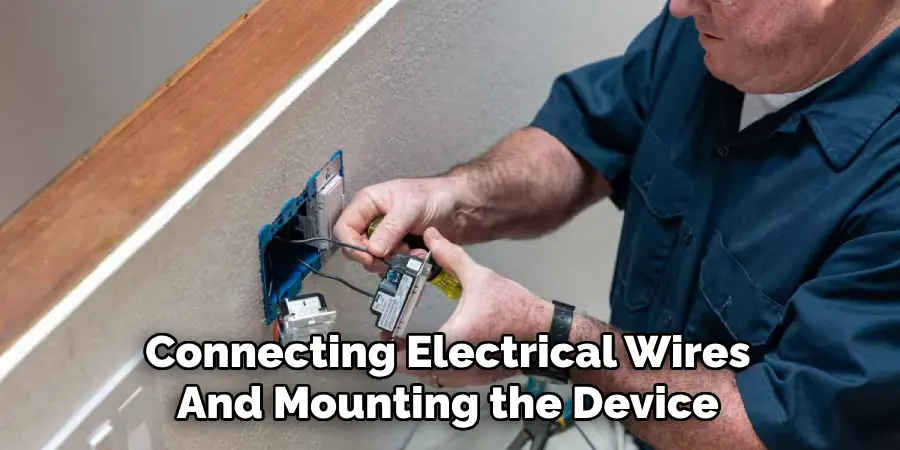
Step 6: Connect Drainage Pipe or Designated Drainage Area
If you’ve opted for a whole-house dehumidifier, connect the drain line from your unit to an appropriate drainage area outside or inside your home. This will ensure that excess moisture removed from the air is drained correctly and does not cause any damage or overflow issues.
For portable dehumidifiers, ensure that the water tank is emptied regularly to avoid any potential spills or leaks.
Step 7: Check for Proper Operation
Before turning on your dehumidifier, double-check all connections and make sure everything is properly installed. Turn on your HVAC system and adjust the humidity levels using the dehumidistat. Observe if there are noticeable changes in humidity levels and monitor your unit’s performance for a few days to ensure it works as intended. Make any necessary adjustments to settings or installation if needed.
You may also consider getting a professional inspection to ensure the proper installation and functioning of your dehumidifier.
Step 8: Maintenance and Regular Check-Ups
Regular maintenance and check-ups are essential to ensure your dehumidifier operates efficiently and effectively. Start by inspecting and cleaning the filters at least once a month, as clogged filters can restrict airflow and reduce the unit’s performance. Depending on the model, filters may be washable or need replacement. Additionally, the water level in the portable units’ tanks should be monitored, and the tank should be emptied regularly to prevent overflow.
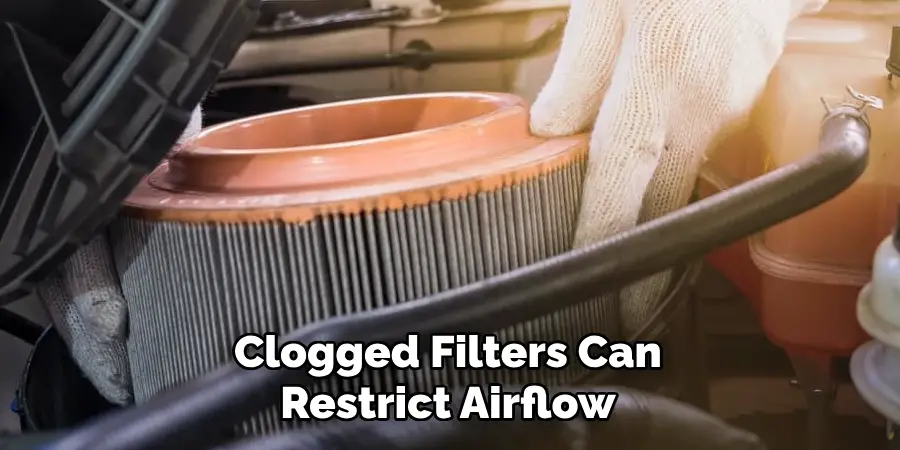
For whole-house dehumidifiers, periodically check the drainage system to ensure there are no blockages. It’s also advisable to schedule an annual professional inspection to address any potential issues and ensure your system is functioning optimally. Keeping up with these maintenance routines will not only extend the lifespan of your dehumidifier but also help maintain a comfortable, moisture-controlled environment in your home.
Safety Considerations
When installing and operating a dehumidifier, it is crucial to prioritize safety to prevent any accidents or malfunctions. First, ensure that all electrical connections are securely made and that the device is properly grounded to avoid electrical shocks. Always refer to the manufacturer’s guidelines regarding the power requirements to prevent overloads.
If installing a whole-house dehumidifier, ensure that the ductwork is sealed and vented correctly to prevent moisture build-up, which can lead to mold growth. Portable units should be placed on a stable surface away from walkways to prevent tripping hazards and ensure that the unit has sufficient space around it for air circulation.
Additionally, be mindful of the water tanks in portable dehumidifiers; regularly emptying the tank not only prevents overflow but also helps to avoid any potential water damage in your home. Lastly, always monitor the appliance for unusual noises or performance issues, as these could indicate a malfunction that requires immediate attention. Adhering to these safety considerations will help maintain a safe and effective dehumidification environment.
Frequently Asked Questions
Q: How Often Should I Run My Dehumidifier?
A: The frequency of running your dehumidifier depends on the humidity levels in your home. Generally, it’s recommended to run your unit for at least 12 hours a day or until you reach the desired humidity level. You may also choose to use a timer function if your dehumidifier has one.
Q: Can I Use a Dehumidifier All Year Round?
A: It’s not necessary to use a dehumidifier all year round unless you live in an area with consistently high humidity levels. It may be more cost-effective to only use it during warmer months when humidity levels are typically higher.
Q: Are There Any Health Benefits of Using a Dehumidifier?
A: Yes, there are several health benefits of using a dehumidifier. Lower humidity levels can help reduce the growth of mold and mildew, which can trigger allergies and respiratory issues. It also helps control dust mites and other allergens that thrive in humid environments.

Q: How Do I Know If My Dehumidifier Is Too Small?
A: A dehumidifier’s size is determined by its pint capacity, which indicates how much moisture it can remove from the air in 24 hours. If your unit is too small for the space you’re trying to dehumidify, it may struggle to maintain desired humidity levels or run continuously without effectively reducing moisture. It’s important to choose a dehumidifier with an appropriate pint capacity for your space.
With these steps and considerations on how to add a dehumidifier to hvac in mind, you can now confidently install and operate a dehumidifier in your home. Remember to always follow the manufacturer’s instructions and prioritize safety for optimal performance and comfort. So don’t let excess moisture ruin your home; take control with a dehumidifier today!
Conclusion
Implementing a dehumidifier into your home’s HVAC system can significantly improve indoor air quality and overall comfort. By following the outlined steps on how to add a dehumidifier to hvac—from selecting the right type of dehumidifier to ensuring proper installation and maintenance—you can effectively manage humidity levels, prevent mould growth, and protect your home from moisture-related issues.
Regular monitoring and maintenance will further enhance the efficiency of your system, ensuring a healthy living environment. Whether you opt for a whole-house or portable solution, being proactive in managing humidity will ultimately lead to a more comfortable and enjoyable home atmosphere.

